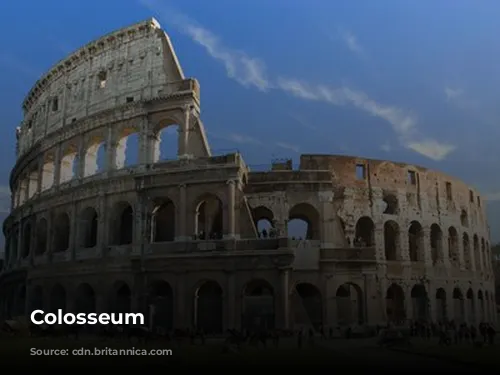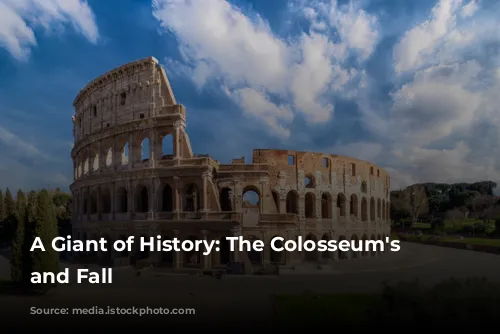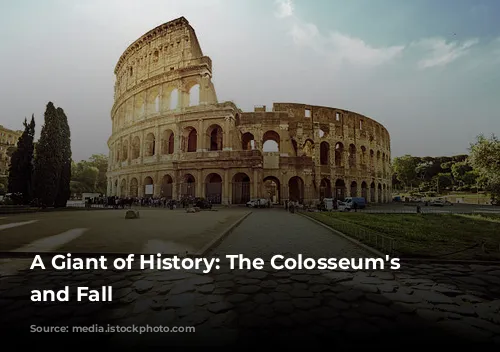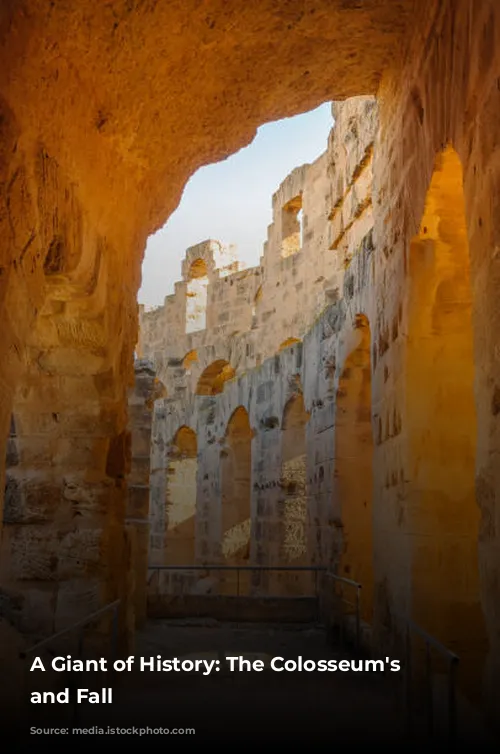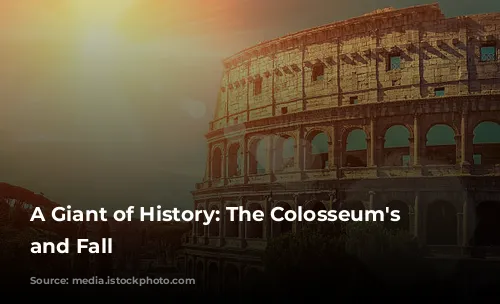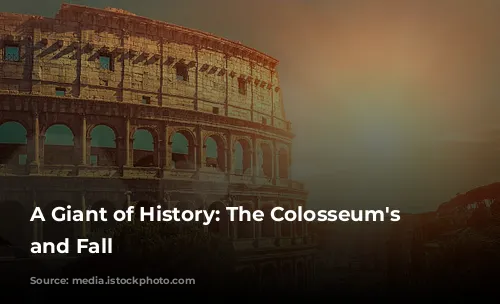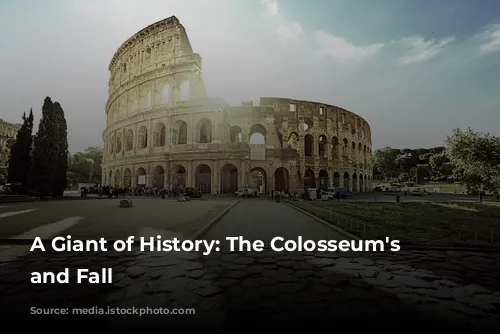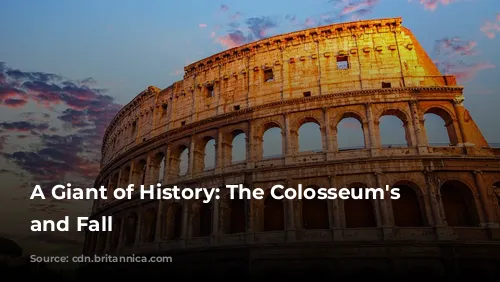The Colosseum, a monument to Roman engineering and architecture, stands today as one of the few surviving structures of the mighty Roman Empire. Not only is it a beacon of history, but it also brings in millions of dollars for Italy’s tourism industry. In 2018, the Colosseum, the Roman Forum, and the Palatine Hill together raked in over $63.3 million (€53.8 million), making them the top tourist attraction in Italy.
This ancient arena has experienced both glory and decline. After the fall of the Western Roman Empire, it fell into disrepair. The Frangipane and Annibaldi families, prominent Roman families of the time, used it as their fortress in the 12th century. The 15th century saw a different fate for the Colosseum: it was used as a quarry by Pope Alexander VI. This neglect continued for over a thousand years, until state-funded restoration efforts began in the 1990s.
The Colosseum: A Monument to Imperial Might
The Colosseum was built as a grand gesture, a way for the Roman emperors to revitalize Rome after the chaotic “Year of the Four Emperors” in 69 CE. Emperor Vespasian, just like other Roman rulers before him, saw the Colosseum as an entertainment venue. He envisioned it as a place for gladiator fights, animal hunts, and even mock naval battles.
The construction of the Colosseum started under the reign of Emperor Vespasian, between 70 and 72 CE. His son and successor, Titus, dedicated the completed structure in 80 CE. The Colosseum’s fourth story was added by Emperor Domitian in 82 CE. Interestingly, the funding for this monumental project came from the plunder of Jerusalem in 70 CE, and the construction was carried out by enslaved Jews from Judea.
A Marvel of Engineering and Architecture
The Colosseum is an elliptical amphitheater, constructed of stone, concrete, and tuff. Standing at four stories tall, it measures 620 by 513 feet (189 by 156 meters) and could hold up to 50,000 spectators. The Colosseum was renowned for its gladiatorial combats and served as a place for the Romans to gather and experience the thrill of these spectacles.
Located just east of the Palatine Hill, the Colosseum stands on the grounds of Nero’s Golden House. The site of the Colosseum was chosen for its symbolic and practical value. Vespasian, who ascended to the throne after a humble beginning, chose to replace the tyrannical Nero’s private lake with a public amphitheater that could host tens of thousands of Romans. This gesture signaled a shift in power and a commitment to the public good.
From Spectacles to Ruin and Restoration
The Colosseum was officially dedicated in 80 CE by Titus, a ceremony that included 100 days of games. Emperor Domitian later completed the structure by adding the topmost story in 82 CE. The Colosseum’s design set it apart from previous amphitheaters, which were usually built into hillsides for extra support. It is a freestanding structure made of stone and concrete, utilizing a complex system of barrel and groin vaults.
The Colosseum offered its audience protection from the sun with a massive retractable awning, or velarium. This impressive structure required hundreds of Roman sailors to manipulate its rigging. The Colosseum was a bustling center of entertainment, hosting gladiator combats, animal hunts, and even mock naval battles. While it’s unclear if the Colosseum was the scene of early Christian martyrdoms, its impact on Roman society and culture cannot be denied.
The Colosseum: A Symbol of Resilience
In the Middle Ages, the Colosseum transitioned from an entertainment venue to a place of worship, eventually becoming a fortress for the Frangipane and Annibaldi families. It suffered from lightning strikes, earthquakes, vandalism, and pollution, leading to the disappearance of its marble seats and decorative materials. For over a thousand years, the Colosseum was treated as a quarry, a source of building materials.
The preservation of the Colosseum began in earnest in the 19th century, with significant efforts led by Pope Pius VIII. Restoration efforts in the 1990s marked a new chapter in the Colosseum’s history. Today, the Colosseum is a major tourist attraction in Rome, attracting millions of visitors annually. Changing exhibitions showcasing ancient Roman culture are regularly hosted at this iconic site.
The Colosseum continues to inspire awe and wonder, a testament to the ingenuity of the Romans and a reminder of the enduring power of history. This ancient arena has witnessed the rise and fall of empires, the evolution of society, and the constant cycle of change that shapes the world around us.


